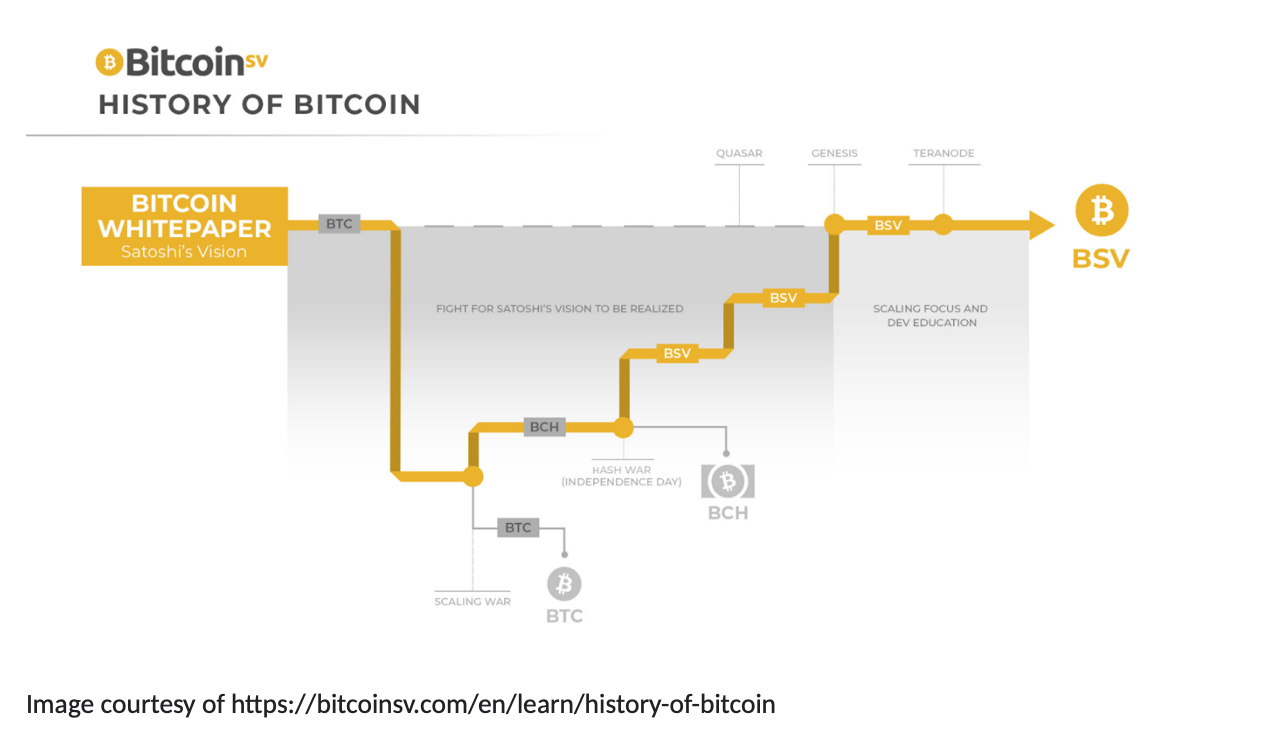The Bitcoin White Paper: Combining and Splitting Value and Privacy
Dr. Craig S. Wright and Ryan X. Charles continue the video discussions in a series exploring the Bitcoin White Paper line-by-line. The next section tackles the principles of combining and splitting value as well as looking at how privacy relates to Bitcoin. In addition to the white paper, the two find themselves going down additional tangents and delivering other valuable information with a few shreds of humor thrown in for good measure.
Combining and splitting value is a way of deconstructing and constructing coins. There’s no better way to explain this theory than using Craig’s explanation referring to Bitcoin as a set of tokens in an envelope. This input envelope can be ripped open and pour out all of the tokens contained. This can be done with all the envelopes. We can then redistribute these tokens into new envelopes while deciding how much will go into them as output envelopes. The tokens can be merged if there are lots of small amounts or break down large amounts into smaller amounts. This is very similar to how money works. For example, we can take one hundred single dollar bills and make them up to a single one-hundred dollar bill. The same can be done in reverse to break down the large bill into smaller bills.
Craig tells us that one of his key priorities when he began creating Bitcoin was the importance of maintaining privacy. In traditional privacy formats where there is a trusted third party such as a bank or other institution including stores and credit cards, the identity of the parties involved in the transaction are collected by the bank. In this case, the trusted third party maintains the full identity of the parties and keeps it firewalled from the public. One problem with this process is that all the information is stored by the third party and is vulnerable to attack. In the case of BTC, there is no third party to collect the information and identities of the parties are firewalled from the public. Your identity can be linked to your public key however it is not shared publicly.

One word that is written in the white paper on only one instance is the word anonymous. While Dr. Wright wishes he had not included it in his original writing, he explains that replacing it would require a lengthy narrative to explain how it works within the one area he referenced. Bitcoin is private as explained earlier in this article however it is not anonymous. Bitcoin has an immutable evidence trail.














